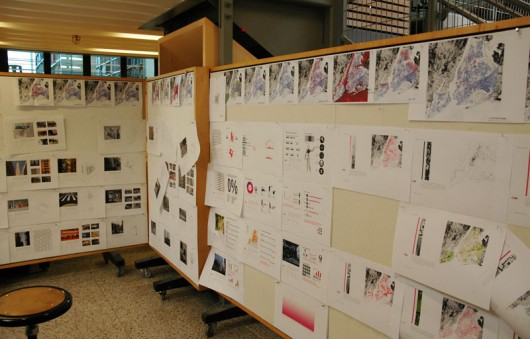The Adaptive Zone The Adaptive Zone



> Aezad Alam > Tamara Caldera Turcios > Thomas Cole > Craig Johnston > Sarosh Mulla > Priyank V Shah > Jessica Stuecklin > Esteban Zamora

Workshop leaders Nick Gelpi + Filip Tejchman

